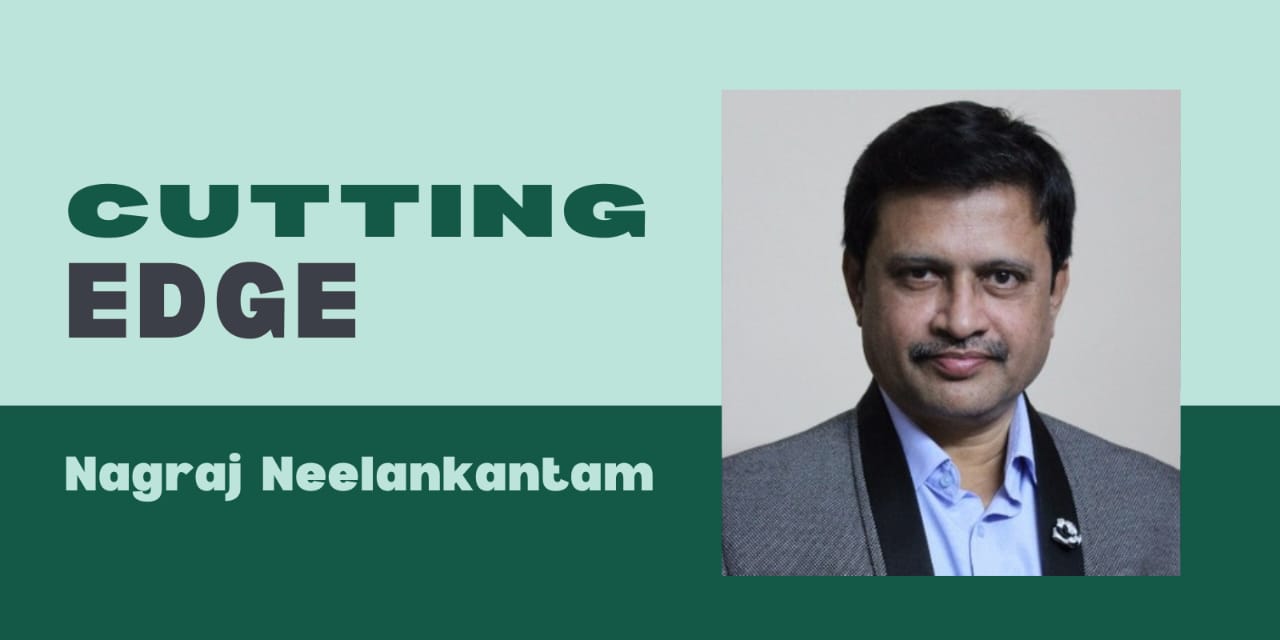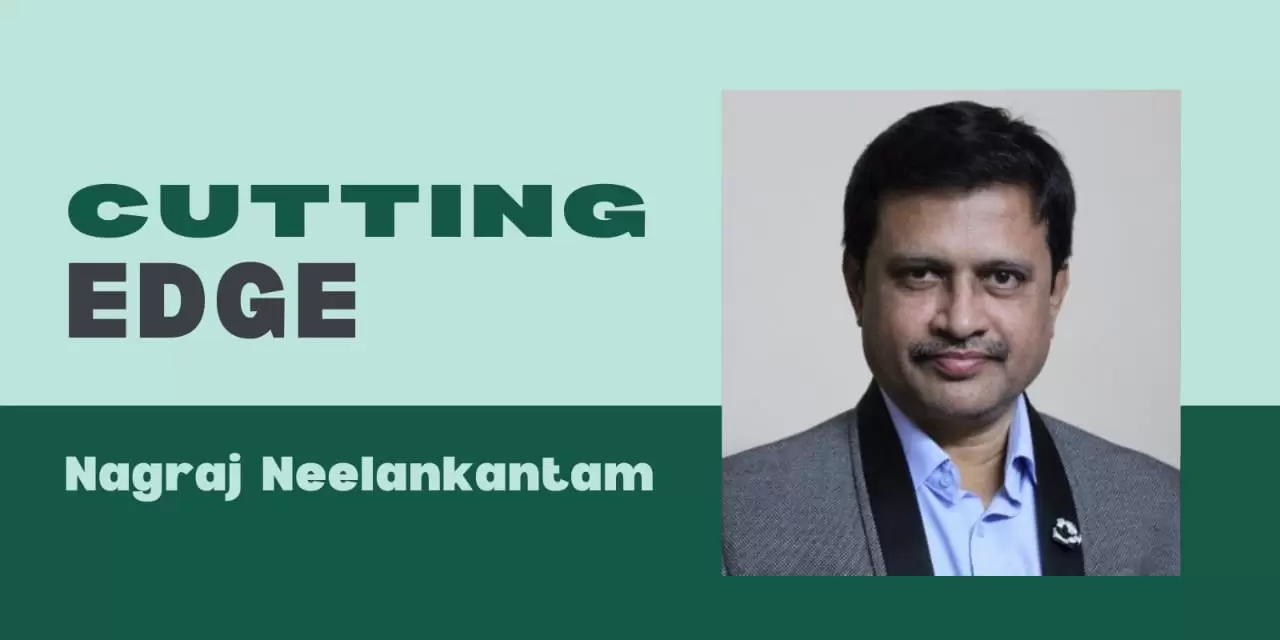Justin Trudeau’s resignation has triggered a period of political uncertainty in Canada, leaving the Liberal Party facing both challenges and opportunities as it prepares for a leadership contest. Trudeau, who led the country for nearly a decade, has left a deep imprint on Canadian politics, but his departure marks a moment of significant change for both the ruling party and the political landscape at large. With the Liberals grappling with leadership transitions, the Conservatives under Pierre Poilievre see a chance to strengthen their position.
As the resignation announcement reverberates across the country, key figures in the Liberal Party, including Deputy Prime Minister Chrystia Freeland, Innovation Minister François-Philippe Champagne, and former Defence Minister Anita Anand, have been widely speculated as potential successors to Trudeau. However, the Liberal Party’s internal dynamics could pose a complex challenge as it aims to choose a leader who can unite the party while addressing a wide range of issues that have eroded its popularity. The party is under pressure to ensure a new leader is in place by the end of the prorogation period on March 24, making it a race against time to ensure a seamless transition and avoid further internal strife.
The departure of Trudeau has thrown the Liberals into a leadership vacuum at a time when the party is still reeling from criticism of its handling of various crises, including the ongoing inflationary pressures, the cost of housing, and the fallout from the COVID-19 pandemic. These issues have prompted growing discontent among voters, especially in key urban centres, where housing affordability and inflation remain dominant concerns. With Trudeau stepping down, the new leader will need to regain public trust by addressing these economic challenges head-on.

In contrast, the Conservative Party, led by Pierre Poilievre, has gained substantial ground in recent opinion polls. The Conservatives have successfully capitalized on widespread discontent with the Liberal government, focusing their attacks on economic issues, government inefficiencies, and handling of national security matters. Poilievre’s populist rhetoric has resonated with voters, particularly those frustrated with inflation, unemployment, and housing issues. His party’s firm position in the polls has led many political analysts to speculate that the Liberals may struggle to mount an effective challenge without a clear and decisive leadership candidate to guide them.
Adding to the complexity of the Liberal Party’s situation, the resignation of Trudeau presents a rare opportunity to reset foreign policy dynamics, particularly Canada’s relations with India. Trudeau’s tenure saw strained diplomatic ties with India, largely due to issues surrounding trade, diplomatic incidents, and global geopolitics. A new Liberal leader will need to carefully navigate this delicate relationship, aiming to restore ties with the South Asian nation while pursuing Canada’s broader foreign policy objectives.
At this critical juncture, both parties are at a crossroads. For the Liberals, it is about regrouping and finding a leader who can steer the party through its internal challenges while addressing the economic and diplomatic issues that have dominated the national discourse. For the Conservatives, the current momentum presents an opportunity to capitalize on their lead and push for an early federal election. Poilievre’s leadership will likely be tested in the coming months, with the general election slated for later this year.
The next few months will be crucial in shaping Canada’s political future. The Liberals’ ability to recover from Trudeau’s resignation and effectively address the issues at the forefront of Canadian politics will determine their chances of regaining power. Meanwhile, the Conservatives must ensure they remain unified and strategic in their approach as they position themselves as the alternative government. With both parties bracing for a high-stakes political battle, the upcoming months are bound to define the direction of Canada’s leadership and governance in the years to come.






